SA Mining
Going Against The Grain
Equipment manufacturer Sandvik Mining and Rock Technology remains centred on driving its sustainable solutions agenda premised on meeting its economic, environmental and social responsibilities. “We are focused on extracting the best value from our machinery and to assist our customers to not consume more than they need,” Philip Smith, Sandvik Mining and Rock Technology Southern Africa’s business line manager, parts and service, commercial, tells SA Mining.
“While it may seem counter-intuitive given that businesses look to sell as many parts as possible, as a productivity partner we are looking to help the customer to achieve the highest rate of productivity from their equipment. In fact, if we determine that a customer is paying too much or consuming too many parts, we offer to send out our field technician to establish the cause and thereafter recommend a suitable solution,” he says.
Furthermore, in line with its commitment to community development and local industry upliftment, the company is in the process of investigating potential partnerships with smaller companies in communities it operates in.
“We are willing to separate some of our non-core activities to help drive local enterprise development, as in the case of bucket repairs of Sandvik loaders.”
Sandvik is already engaging with possible entities keen to commence the repair of Sandvik buckets.
“We will upskill the companies to undertake repairs for all buckets, such that they can offer this service to all original equipment manufacturers. In this way the entity can become self-sufficient,” says Smith.
The company is also driving its environmental agenda concentrated on reuse and recycle, through a carbide recycling programme. As part of the programme Sandvik extracts carbide from used drill bits – this is then incorporated in lower quality carbide uses, he explains.
Aftermarket offering
“With the world demanding more and more in terms of return on investment, the role of the aftersales market is becoming increasingly more important,” says Smith.
Sandvik’s aftermarket offering includes fixed parts supply contracts and consignment stock for customers whose operations are situated in remote locations while its service offering includes scheduled maintenance agreements and on-site expertise offerings for clients.
“We place Sandvik experts on a customer’s site to guide, advise and assist them in their equipment-related challenges. The idea is for skills and knowledge transfer as related to Sandvik equipment, which includes improving on maintenance practices, operations of workshops, the logistics trail from surface to underground, conditions of roads and competency of artisans and technicians who fix the machines. All of these can have a dramatic impact on the performance of a machine.”
Furthermore, Sandvik’s technicians are able to extract vast amounts of data from the equipment, which enables them to establish equipment trends and to diagnose machine problems.
“Our service teams are furnished with tablets which are equipped with the required job specifications, have access to machine drawings, assembly diagrams and photographic capabilities – all of which allow the technicians to provide in-depth comments on the condition of a piece of equipment. This ensures that the customer is well informed about the state of his machine, including what work still needs to be done, or how to prevent problems from recurring,” notes Smith.
With current market conditions, Sandvik continues to look for ways to assist customers lower their costs and thereby remain profitable.
“We have a deep understanding of the wider economic aspect of the mining operation developed over the years, so Sandvik is well placed to assist clients to move their operations from the middle-of-the-road position to becoming highly competitive.”
Bridging the skills gap
Given the general skills attrition in South Africa, even at the most basic artisanal level the skills gap is expected to increase as equipment becomes more advanced.
“Machines are becoming increasingly more capable and intelligent and a technician is likely to use a computer tablet more often than a spanner these days. This has widened the skills gap even further,” says Smith, who explains that Sandvik’s apprenticeship programme incorporates dual trade training, i.e. combining electrical and mechanical skills sets (mechatrician).
Sandvik is able to offer jobs to most of its apprentices programme trainees, but also fully supports those opting to seek opportunities in the wider industry.
Equipment rebuild programme
A common element of the maintenance strategy of a machine is a major intervention at the economic mid-life of the machine – called a rebuild – after which point the machine effectively gets a second life.
“No matter how much regular maintenance is undertaken, one is never actually able to remove all the reliability risk associated with normal wear and tear. This risk steadily accumulates until the reliability and running cost of the machine start to run away. At this point we rebuild the machine, which involves stripping it to its bare frame and refurbishing or replacing each and every aspect of the machine.” Following the rebuild, the machine is as reliable as it was when it was first purchased. Second and third rebuilds are uncommon due to the accumulation of fatigue damage within frames which cannot be effectively corrected, requiring the replacement of the frame.
“At this point the price of the rebuild is comparable with buying a new machine, so we advocate that the customer purchases a new machine. A new machine has the added benefit of product improvements for the customer,” explains Smith.
There are many factors that determine if and when a machine should be rebuilt. Sandvik’s philosophy is to extend the life of a machine so long as the machine remains competitively productive and it is economically viable to do so. “What this philosophy actually looks like in terms of a rebuild strategy will differ between customers and machine models. Sandvik will support whatever strategy gives the customer the best productivity and competitiveness.
“Sandvik assists the customer to ensure its production targets are the lowest possible cost. Ultimately, the more competitive the customer is in their market, the higher the chance is that when the time comes to buy a new fleet they will consider Sandvik.”
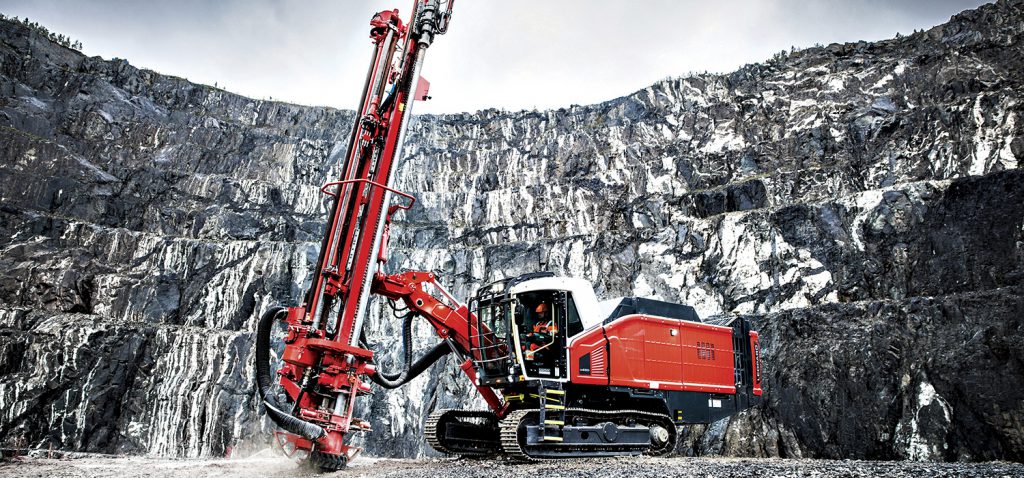

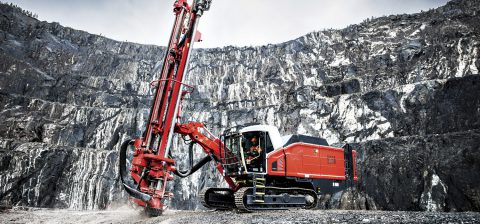
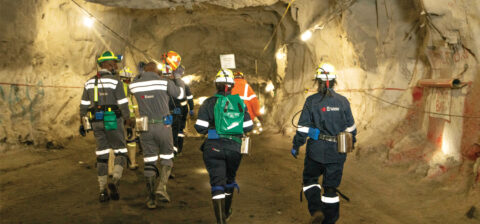
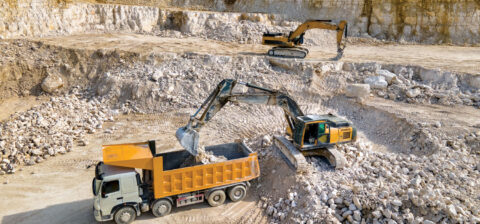
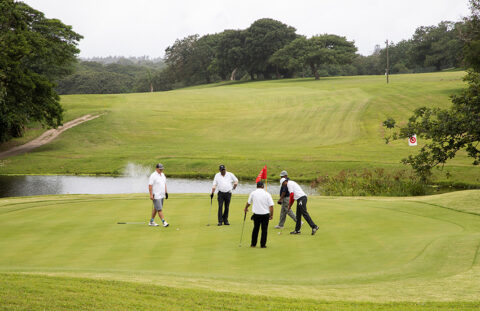

 Sign-up and receive the Business Media MAGS newsletter OR SA Mining newsletter straight to your inbox.
Sign-up and receive the Business Media MAGS newsletter OR SA Mining newsletter straight to your inbox.